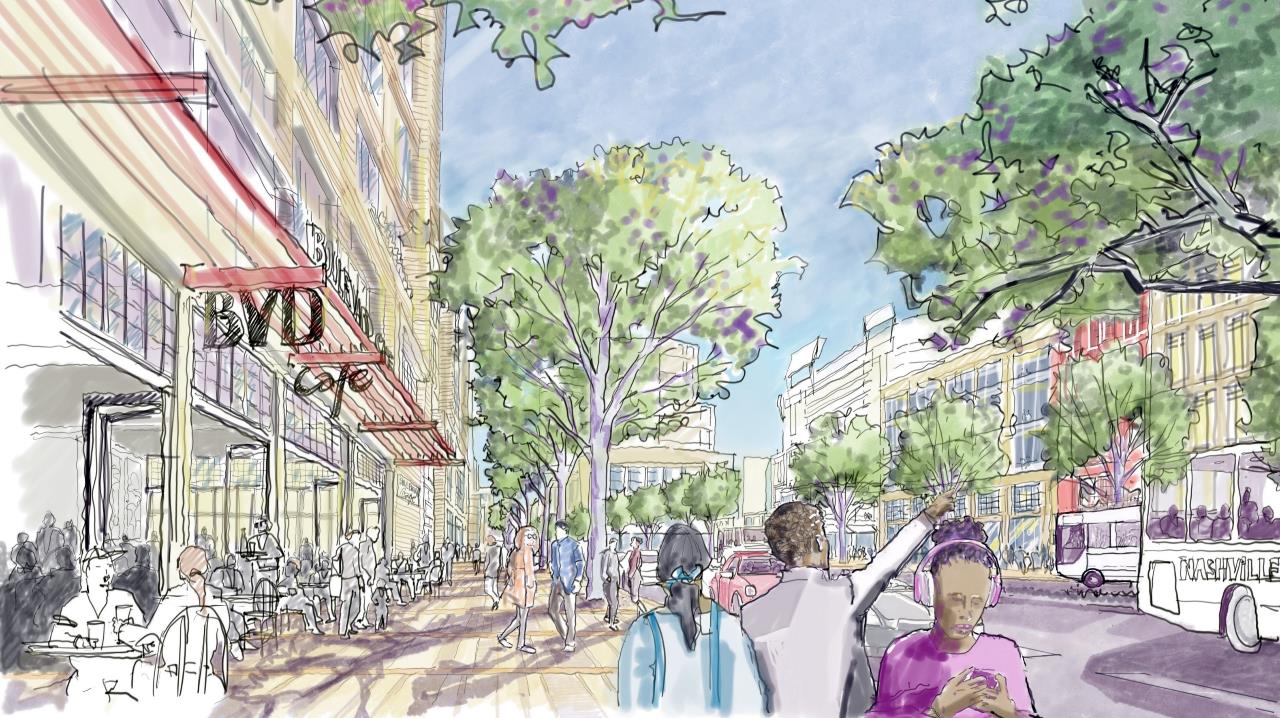Perkins Eastman principals Eric Fang and Vaughan Davies began the Nashville project last year by taking a boat ride with city officials to survey the river’s shores. “It starts with water. When you get onto the water, it puts you in a different place, in a different mindset, you’re seeing the world completely differently from most people around you,” Davies reflects in the article. That approach has informed projects that have come to be signature destinations in U.S. cities and abroad: The Wharf in Washington, DC; Battery Park City in New York; Canal Side in Buffalo, NY; Inner Harbor East in Baltimore; and Huishan North Bund in Shanghai, to name a few.
Read on to learn about the myriad considerations that play into mixed-use projects that will define a city’s waterfront, and, to be realized, such endeavors need to tread a fine line between the practical and the visionary.
In the meantime, now that Nashville’s leaders are moving forward with the framework of a “spine street” for the East Bank project, plans are beginning to take shape using input from extensive outreach conducted by the Perkins Eastman team including public open houses, walking tours, and survey responses from more than 400 participants about what people want to see within this 338-acre area (that includes Nissan Stadium, home of Tennessee Titans football). This input will guide progress and serve as the compass for future development that is anticipated as the East Bank evolves into Nashville’s next great place.
Update: “Grand plan to turn downtown Nashville’s East Bank to face the river moves forward,” The Tennessean, Oct. 6, 2022

